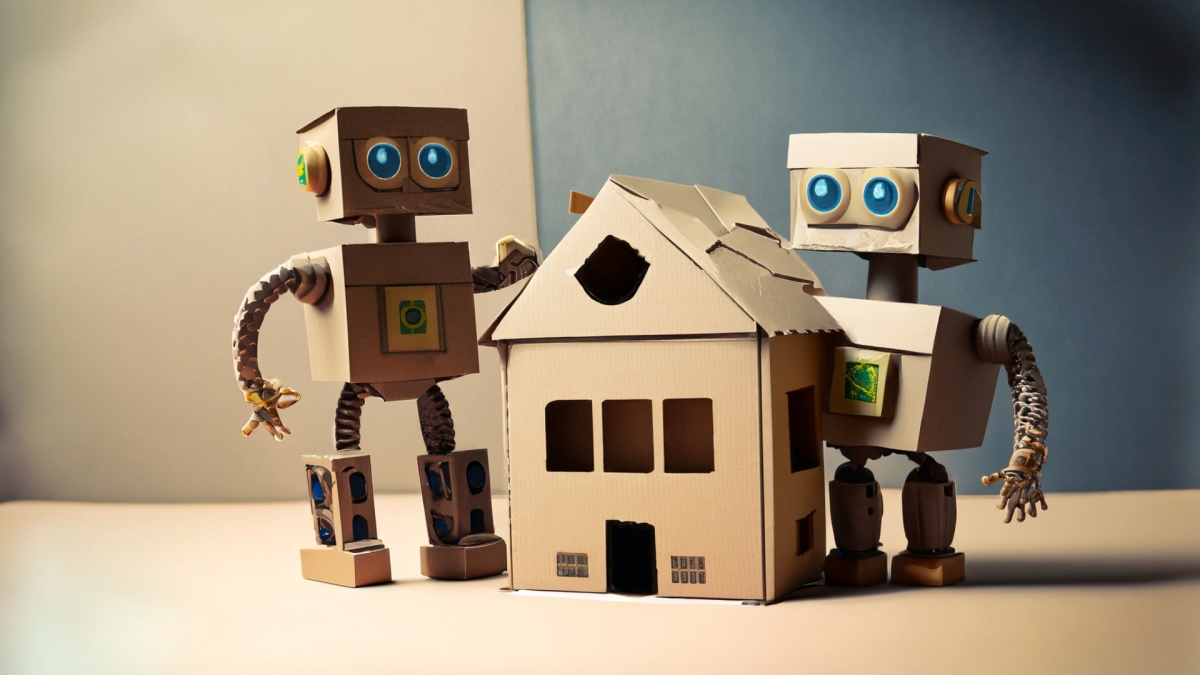
Students will read the story "If I Built a House" and then record their elements of the story on index cards. Next they will design and build a House of Cards using index cards.
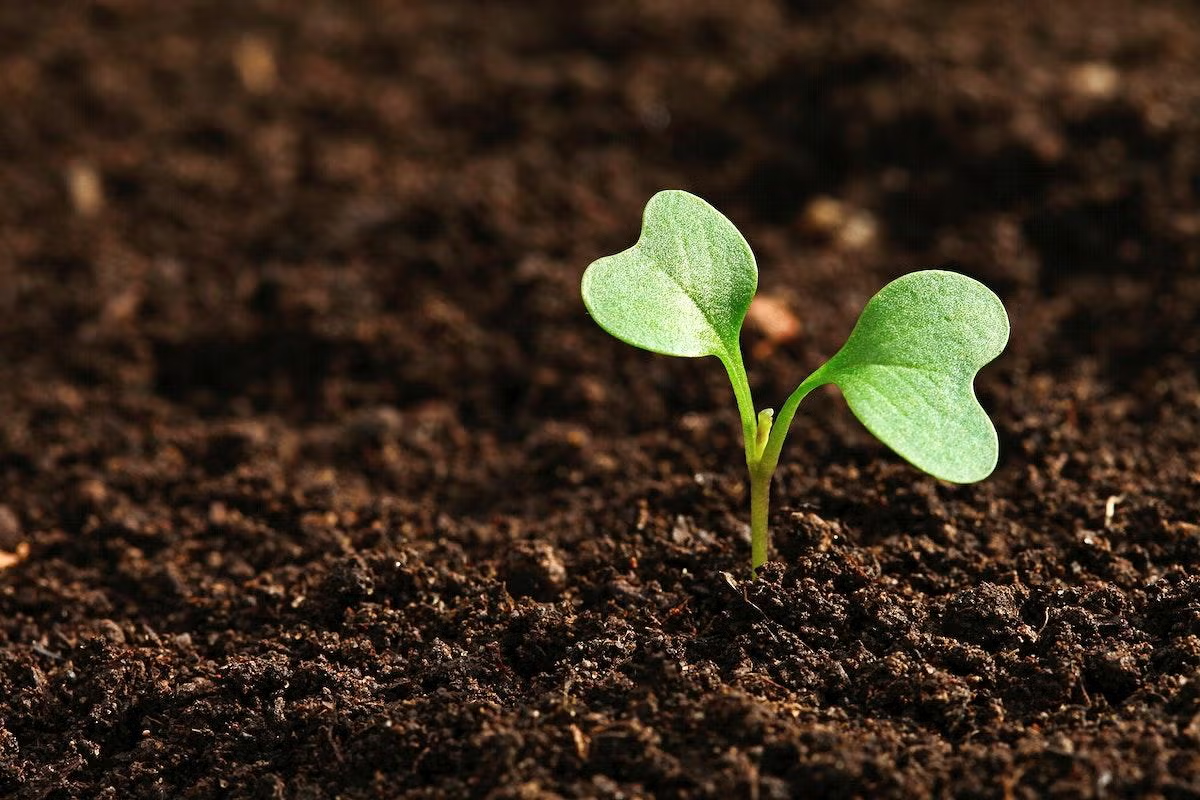
In this lesson, students will extract chlorophyll from spinach leaves and make different concentrations following the dilution method. Students will learn to compare the absorbance values obtained at

In this lesson, students will explore the different pigments in green plants using spinach leaves. Students will identify the pigments by doing a lab using paper chromatography. They will observe the

The owl pellet dissection is an engaging lesson where students will be looking closely at regurgitated pellets and discovering energy transfer through the owl and their prey. Students will be creating

The "From Farm to Table" unit will provide 2nd grade students with an understanding of the journey food takes from the farm to their tables. Students will explore the water cycle, plant life cycle
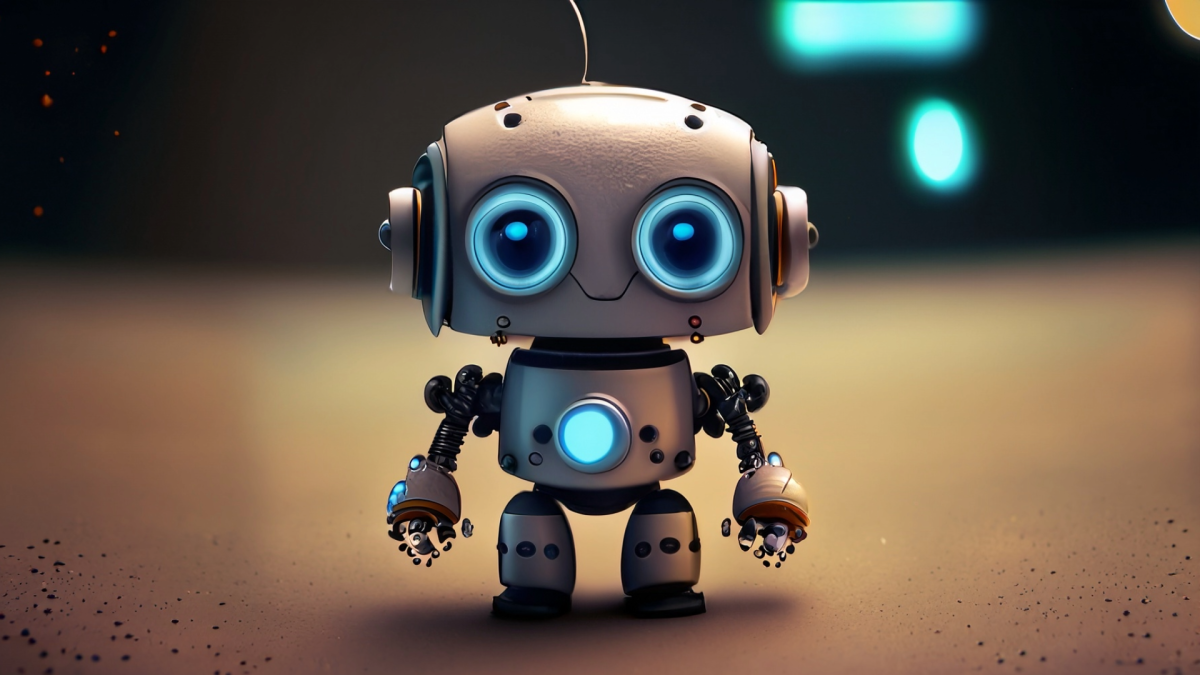
Students create a city and a plan for a route for a Thanksgiving parade with floats coded by robots. The students build the buildings along the parade route using area or addition/subtraction houses
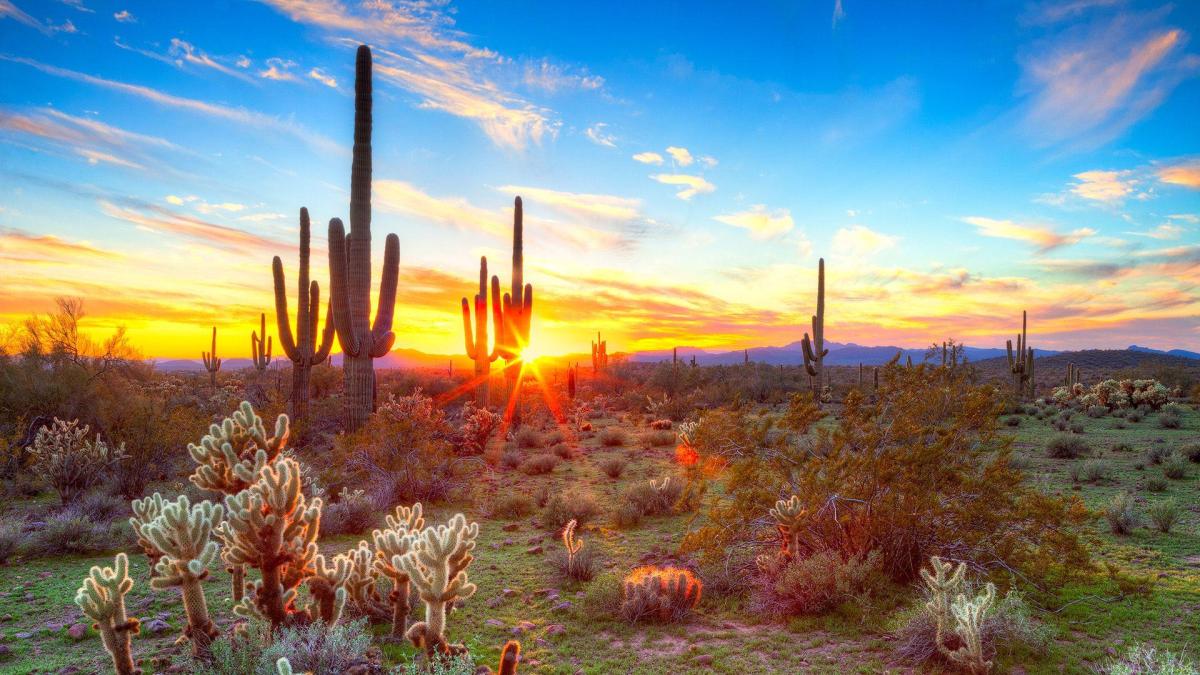
This is a 3rd-4th grade STEM lesson. It is part of the Life Science standards. It shows how different plants, animals and people depend on the Saguaro Cactus for survival. The Saguaro also depends on
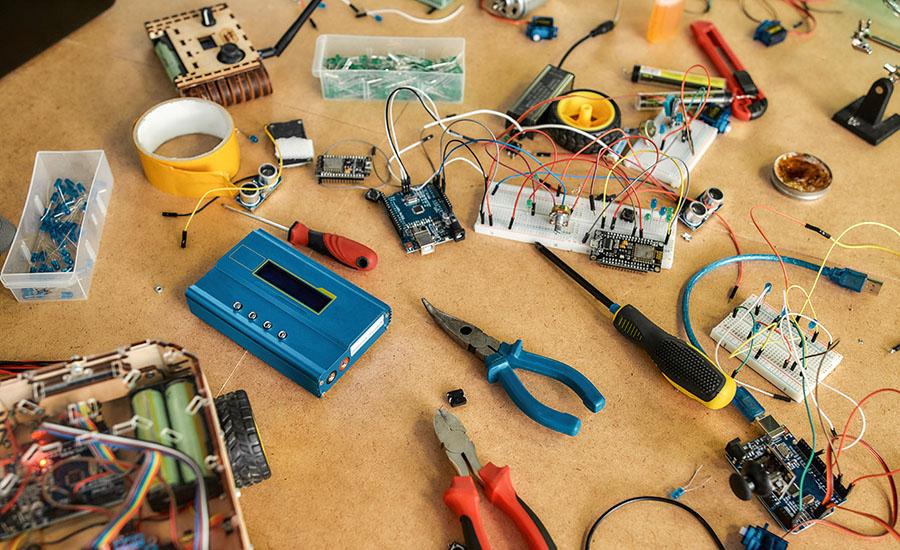
Marvelous Mexican Jumping Beans
In this third-grade lesson, students will make educated guesses about the "mystery object." Students will record what they notice and wonder about Mexican Jumping Beans. Students will create a game

Using the book "Those Darn Squirrels" by Adam Rubin, students will design and create a bird feeder to let the birds IN and keep the squirrels OUT! Communication, collaboration, and creativity are key

Using the engineering design process, students will collaborate to plan and build a tower...but not just any old tower! This "Tower with a Twist" has to include a suspended cup that can also hold

Students will be able to obtain, evaluate, and communicate evidence about how natural and human-caused changes to habitats or climate can impact populations. Additionally, they will be able to
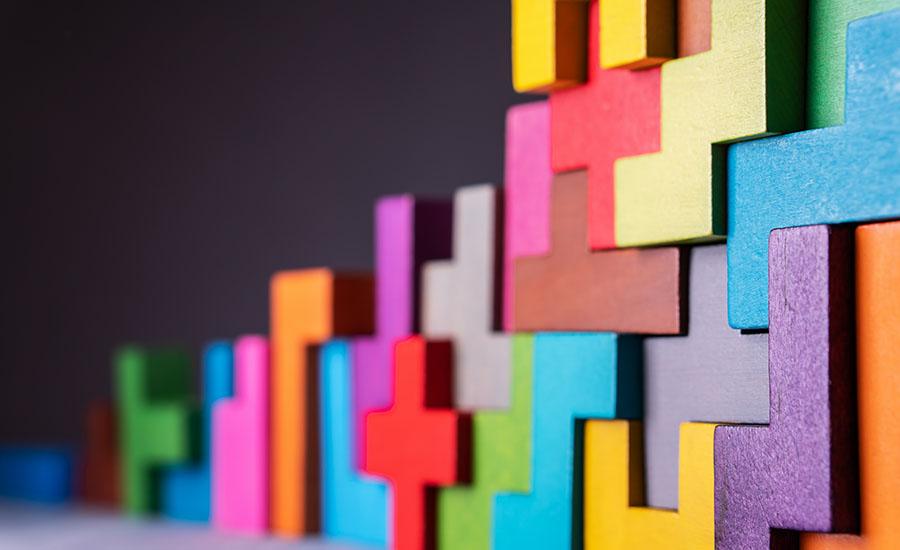
In this lesson, students build a free-standing structure while following set parameters. The challenge is that the structure's base cannot be larger than a 1" cube! Students will need to work together

In this virtual reality frog dissection, students get to explore the anatomy of a female frog inside and out. The frog’s respective organs are scientifically accurate models to scale, allowing

This is a multi-day lesson on the lifecycle of a pumpkin starting with how long it takes for pumpkin seeds to produce a sprout. There is also an art element using geometric shapes to introduce the
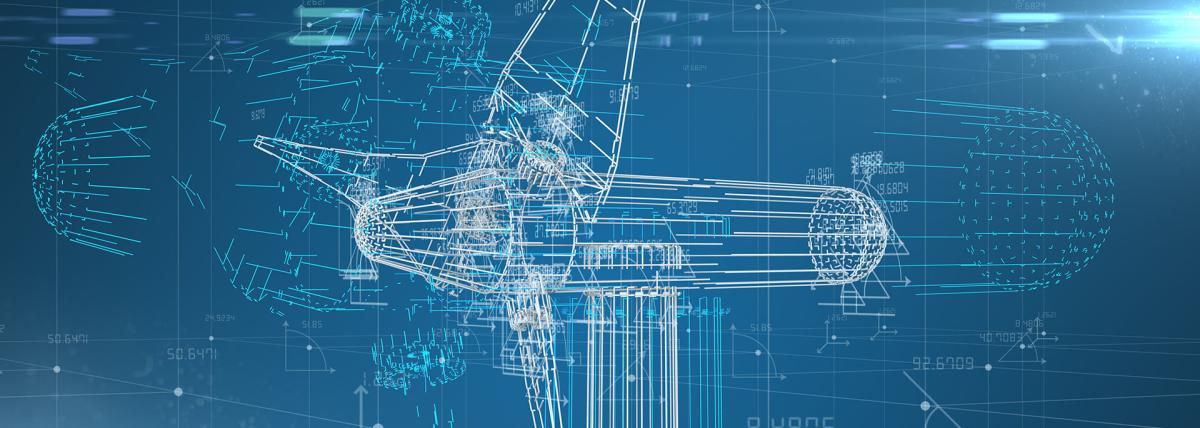
In this project, students will create a professional blueprint of their real-life home. Students will then do research to find at least ten places in the home that impact the environment (positive or

In this project, students will choose an environmental problem to research. They will look up why this problem is occurring and how it is harming the environment. Students will then come up with two

This lesson incorporates Math, Science and Reading standards into a pumpkin themed third grade lesson. Students will use a mentor text to relate to the life cycle of a pumpkin, create, compare and

This lesson provides the students an opportunity to learn hands-on. They work as a worm biologist or Annelidologist, observing how the external features of the worm, such as its segmented body and

Pumpkin Jack Part One
This lesson includes fourth grade reading, writing, math, science, and engineering standards. The potential is endless with additional enrichment activities. Students participate in the nurturing and

In this lesson, students learn about seals. They will listen to a story about orcas and what they eat. Next, they plan and build an island for the seals to get away from the orcas. Finally, students
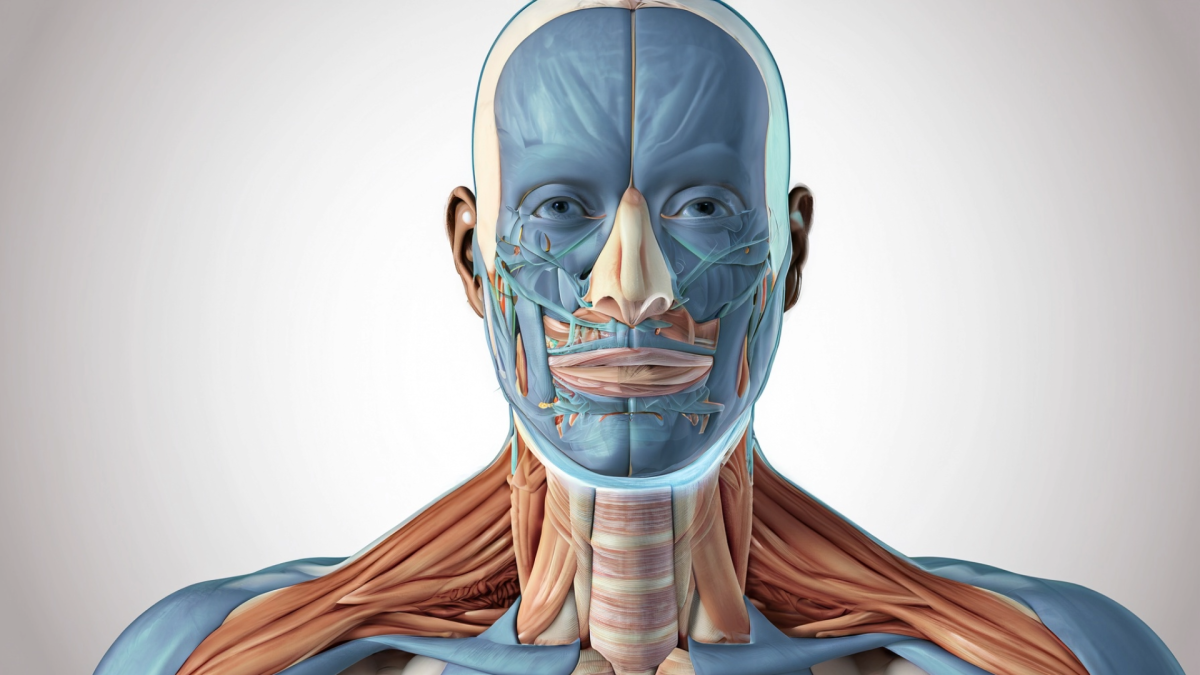
In this lesson, students will not only learn about the anatomy of the stomach, but also analyze their eating habits and how their stomach changes throughout their day. They will graph these changes on

In this lesson students work together to create a model to show the relationship between plants and animals and where they live using play doh or clay. Students will explore things around them and
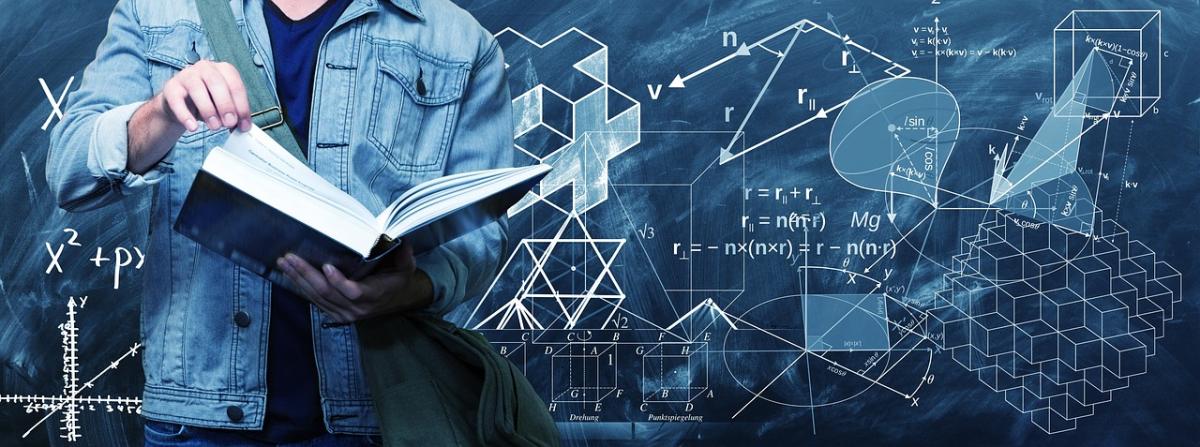
Students are tasked with using the Engineering Design Process to create a Valentine's Day mailbox to collect Valentine cards in the classroom. Designs will include a theme, geometry examples (angles
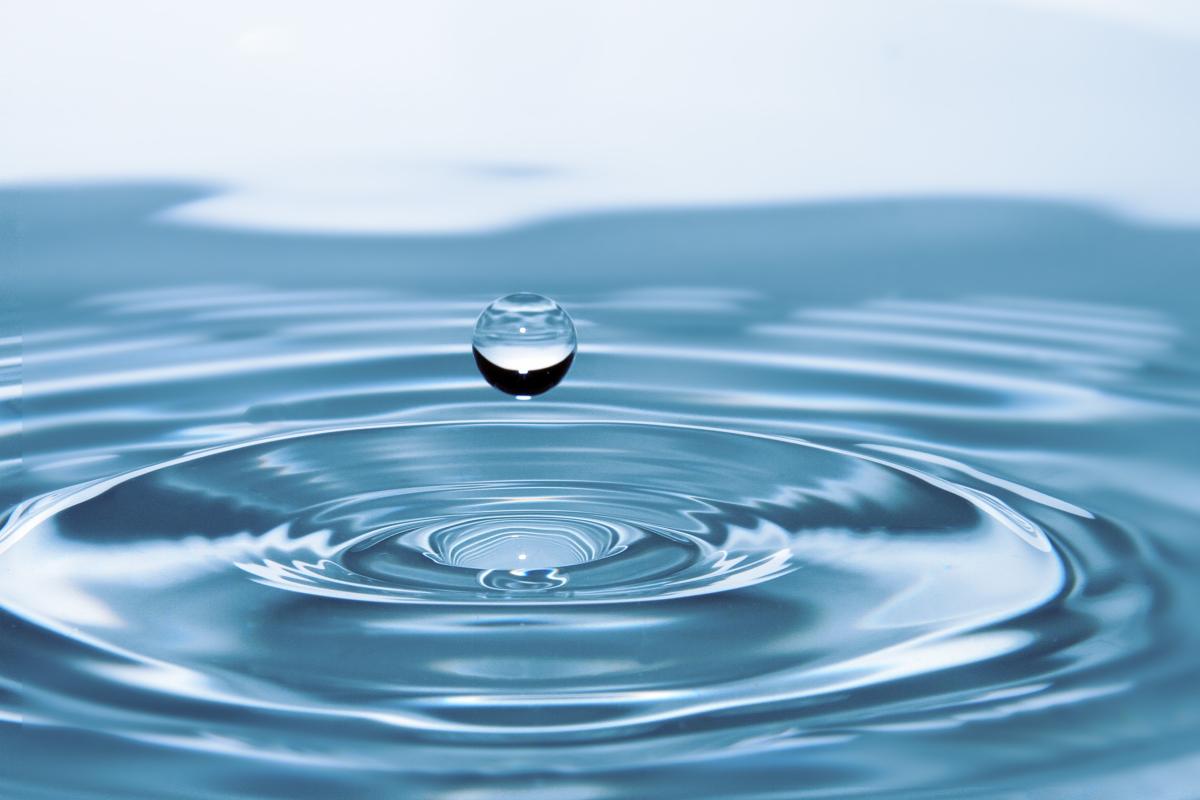
Students are tasked with using the Engineering Design Process to create a system of harvesting rainwater to meet the needs of residents in communities that have a scarce water supply (shortage of


